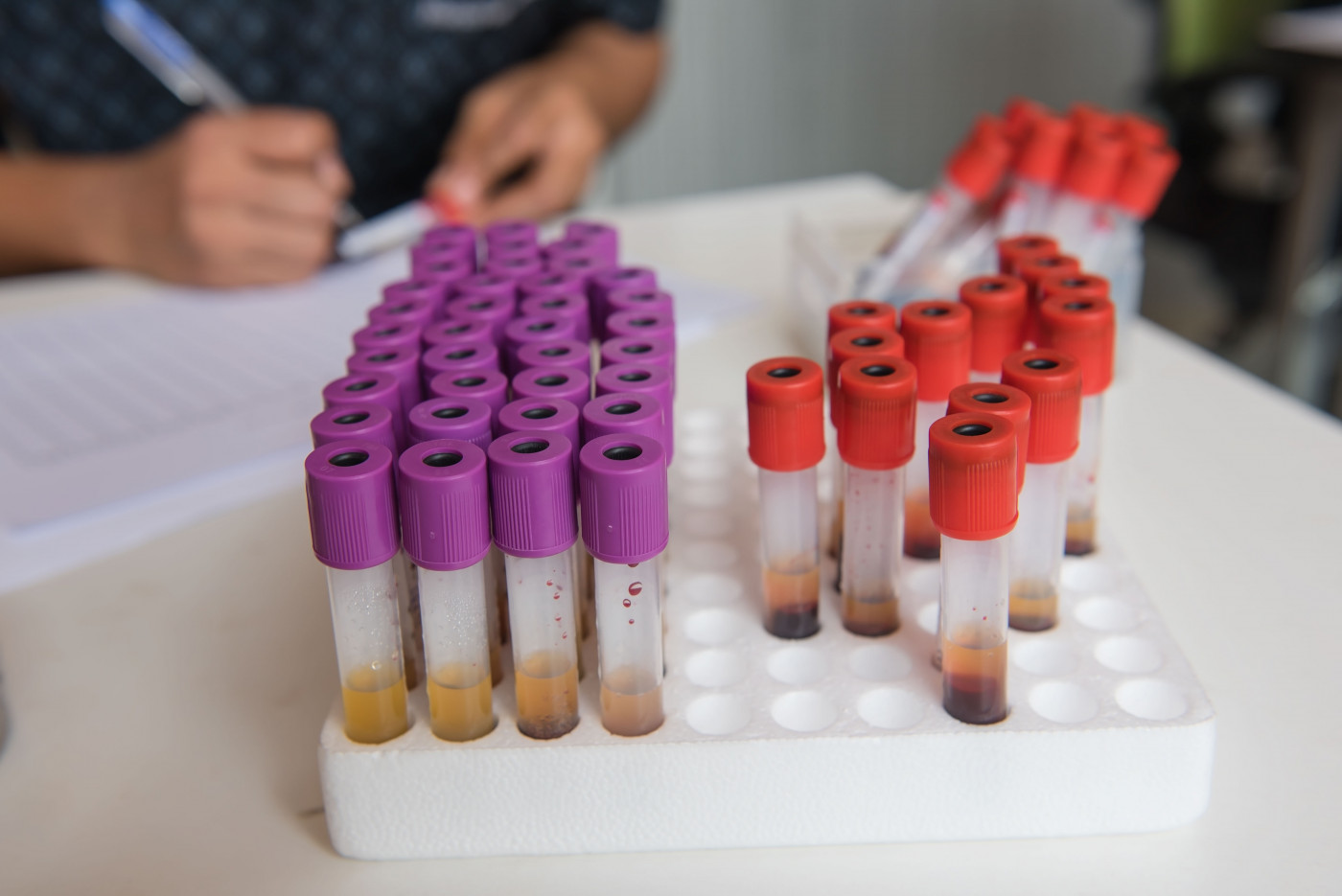LysoGb3 Blood Levels Can Help Diagnose Fabry Disease, Large Study Shows
Written by |

Globotriaosylsphingosine (LysoGb3) blood levels can be a useful and accurate biomarker to diagnose and monitor Fabry disease, rather than only using GLA mutational status, researchers suggest.
The study, “Mutations in the GLA Gene and LysoGb3: Is It Really Anderson-Fabry Disease?,” was published in the International Journal of Molecular Sciences.
Fabry disease is a lysosomal storage disorder characterized by the accumulation of natural fatty molecules inside cells. The disease is caused by mutations in the GLA gene, which contains the genetic information to make the alpha-galactosidase A (α-Gal A) enzyme. As a result of this enzyme deficiency, an intermediate molecule called globotriaosylceramide (Gb3 or Gl-3) builds up inside cells, leading to organ damage.
Fabry diagnosis remains a challenge, especially because its clinical manifestations can overlap with symptoms of more common illnesses. As such, “there is a wide possibility of differential diagnoses made by different medical specialists,” researchers said.
To further explore the diagnostic potential of different clinical and biochemical factors, researchers reviewed the records of 17,000 people who were being followed at a single site for symptoms attributed to Fabry disease.
Among this population, 207 patients were found to have a genetic mutation in important regions of the GLA gene. The team identified 81 mutations, 25 of which had not been previously reported.
About 71.6% of all identified mutations were found in patients who showed the classical presentation of Fabry (early-onset disease), while 19.8% were linked to cases of late-onset disease and mild symptoms, and 8.6% were genetic variants of unknown significance (GVUS).
All 125 male patients carrying a GLA mutation associated with the classic or late-onset manifestation had a reduced activity of the α-Gal A enzyme; the 158 female patients carrying the same mutations had more variable enzyme activity, ranging from disease-associated to normal values. Indeed, only 46% of the female patients had enzyme activity below normal values.
Analysis of LysoGb3 blood levels revealed that all male patients with a mutation known to cause classical Fabry disease had very high accumulations of this intermediate compound, both in the average values and in the maximum value. In contrast, male patients with late-onset-related GLA variants had more modest, but still high, LysoGb3 blood levels.
Approximately 56.8%and 40.1% of female patients with early-onset and late-onset disease, respectively, also had LysoGb3 accumulation in the blood. However, they had lower LysoGb3 levels than males with the same type of mutations.
Supported by these findings, the team believes that “an important diagnostic support could be given by the determination of the enzyme substrates Gb3 and its derivative LysoGb3.”
The analysis of this large group of well-characterized patients revealed that “LysoGb3 levels in blood were significantly higher in Fabry disease patients compared to healthy controls and to subjects with Fabry disease-like symptomatology, who were suffering from cardiac or renal damage with a different origin,” researchers stated.
“LysoGB3 accumulation in blood can be considered a useful marker for [Fabry disease], like the Gb3 detectable in biopsies but much less invasive,” they concluded.





